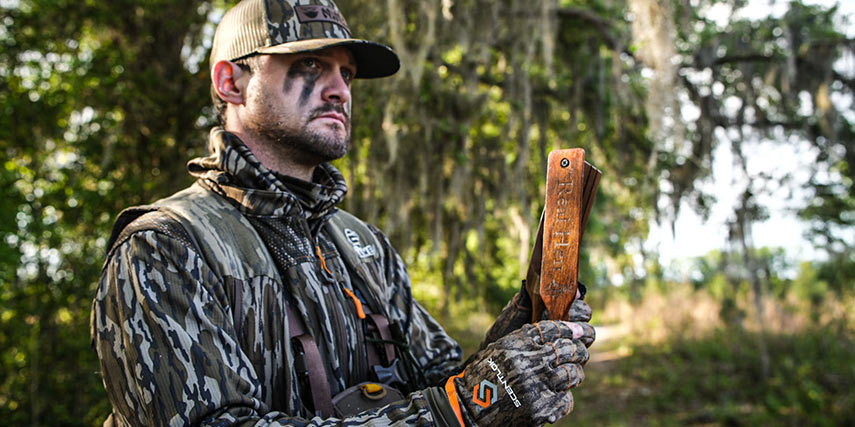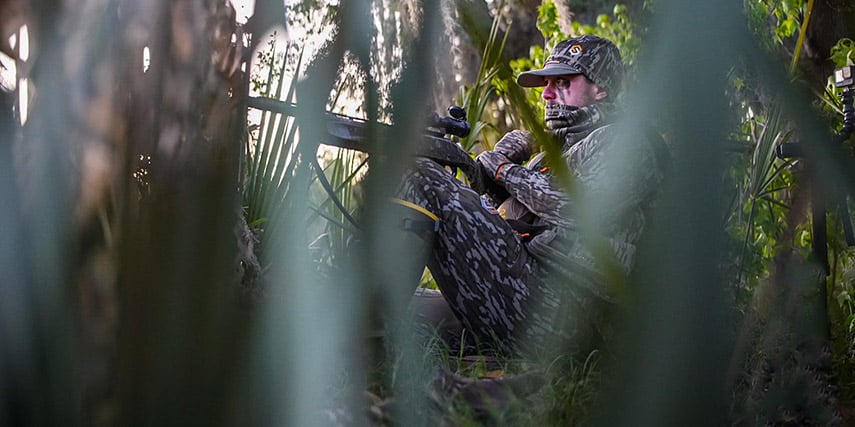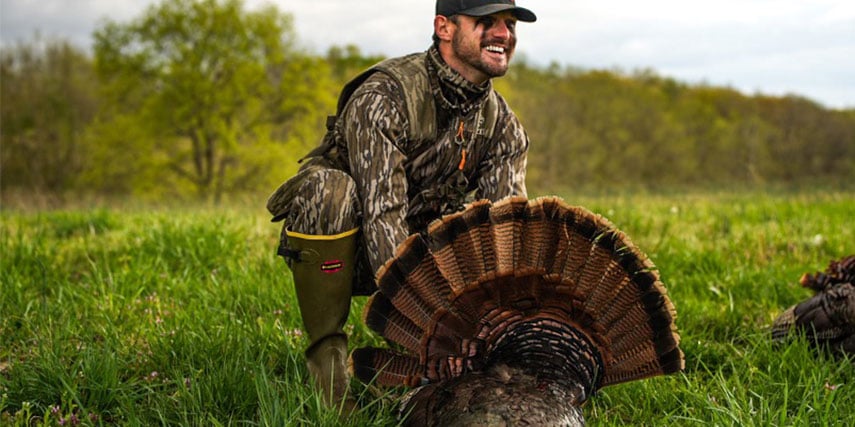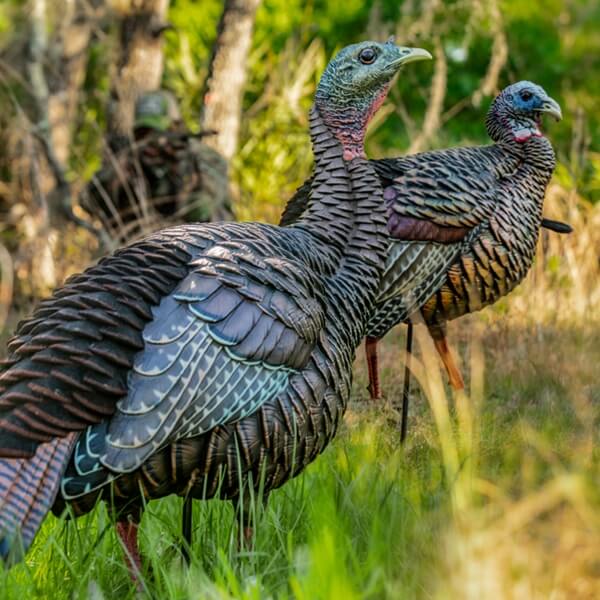Beginning with the two-day youth season on the first of April and going through the last day of the regular season, which ends on May 7th, my home state of Missouri often experiences various weather changes that alter the look and feel of spring turkey season. For this reason, I have often said that the spring season can indeed be a season of change.
On April 7th, 2018, I experienced a spring hunt that confirmed the ever-changing weather patterns while turkey hunting. While accompanying a good friend and his daughter during the Missouri youth hunt, we began the morning with non-spring-like conditions. A thin white blanket of snow was on the ground, and temperatures were unseasonably colder. As often happens when snow is on the ground, the woods seemed dead silent, except for the occasional gobble of a tom turkey still sitting on the roost. It was as if everything had returned to the winter season, except for the turkeys. Even with snow-covered grounds, flurries still falling after daylight had begun, and much colder temperatures, the turkeys knew it was breeding season, and nothing would alter their spring routine. After an hour of hunting in the snow, the small girl pulled the trigger on the full strut gobbler, who had come running to our calls.

Fast forward a month, and the grass that had been covered in snow was now bright green, knee-high, and would soon have local farmers cutting it for their winter hay. On the last two days of the season, during the first week of May, my good friend and I were hunting in thin, short-sleeved shirts. After returning to our vehicle after my friend had tagged out on a memorable late-season morning, we were wiping sweat from our brows and searching for a cold drink to quench our thirst. Oh, how a month can result in such drastic changes in how things feel and look, yet the turkey hunting success continued.
Because successful hunts can occur at any point in the season, it is common to be curious as to the best time to call a spring gobbler. Many turkey hunters eagerly await that first day of the season to take advantage of filling their turkey tag early. However, when a turkey hunter is still hunting those last few days during the latter portion of the season, there is still a strong possibility for an action-packed morning of spring turkey hunting. As for choosing the early or late season as the best time to hunt, that decision falls in the hands of the hunter. If one adjusts their tactics, the entire season can provide unique times to harvest a mature gobbler. Below are the pros and cons for both early and late seasons.

Early Season
Pros: Early season is often going to be the most popular amongst hunters, not because it is better hunting, but due to hunters anxiously waiting all winter to hunt; when the season begins, they will hunt no matter the conditions.
The beginning of the season can often be more successful for hunters due to turkeys having yet to experience much hunting pressure, meaning their daily routines are still patternable, fewer turkeys are so-called “call shy,” and turkeys are less cautious when coming to a call.
Early season can also be a great time to score on two-year-old gobblers or what some hunters call “satellite birds.” These birds are not found tagging along in the small gobbler flocks or hanging with younger flocks of jakes. The satellite gobblers can often slip around the rest of the flock of toms and jakes and come to the hunters calling attempts much faster. These same less mature gobblers can also make using a decoy combo such as the Avian X HDR Jake and Hen much more effective against more dominant gobblers. The older birds often stay back until they see a jake trying to get to his hen, which is like ringing a bell to start a fight.
Cons: In some parts of the country, turkey seasons begin in early March. Early spring seasons often mean turkeys are still in their winter flocks; the breeding season has either not yet started or is in its early stage.
Because the turkeys are in flocks and few hens have been bred, every turkey is competition when trying to call turkeys into close range. Gobblers are often henned up, and singling out one tom to try and call into shooting range is much more challenging.
As for the weather, it can be difficult to gain ground on turkeys in the early season when trying to get into a better position to begin calling because of the lack of foliage and cover.

Late Season
Pros: As the season progresses, many of the hens become bred and often spend the last days of the season sitting on their nest and preparing for the next twenty-eight days of incubation before their poults hatch. The good news for hunters is that when fewer hens roam the woods when trying to call a tom into close range, there is less competition and a better chance of a tom responding to the calls.
The later season is also one of the best times to kill the dominant gobbler in a hunting area. All the fighting and pecking orders have been completed, and the dominant bird has been established. Later in the season, the dominant bird is less worried about the other toms and jakes in the area and focuses all his efforts on breeding hens. If you want to kill a heavy bird with long spurs, save a tag for the latter portion of the season.

Cons: Especially on public land, during the late season, turkeys have been hunted hard and often become less vocal. Gobblers who have been hunted for several weeks in a row become more cautious about where they travel, less vocal when answering the yelp of a hen, and much slower to respond to calls making it hard for hunters to get them into close range.
Sometimes, the later season can be hot, and turkey activity decreases tremendously. In some cases, when the beginning of the season is warmer and breeding activity is in full swing, the end of the season will see hens that have already been bred, with hunting becoming much more difficult. Decoys do not work as well, and calling also becomes more challenging.



